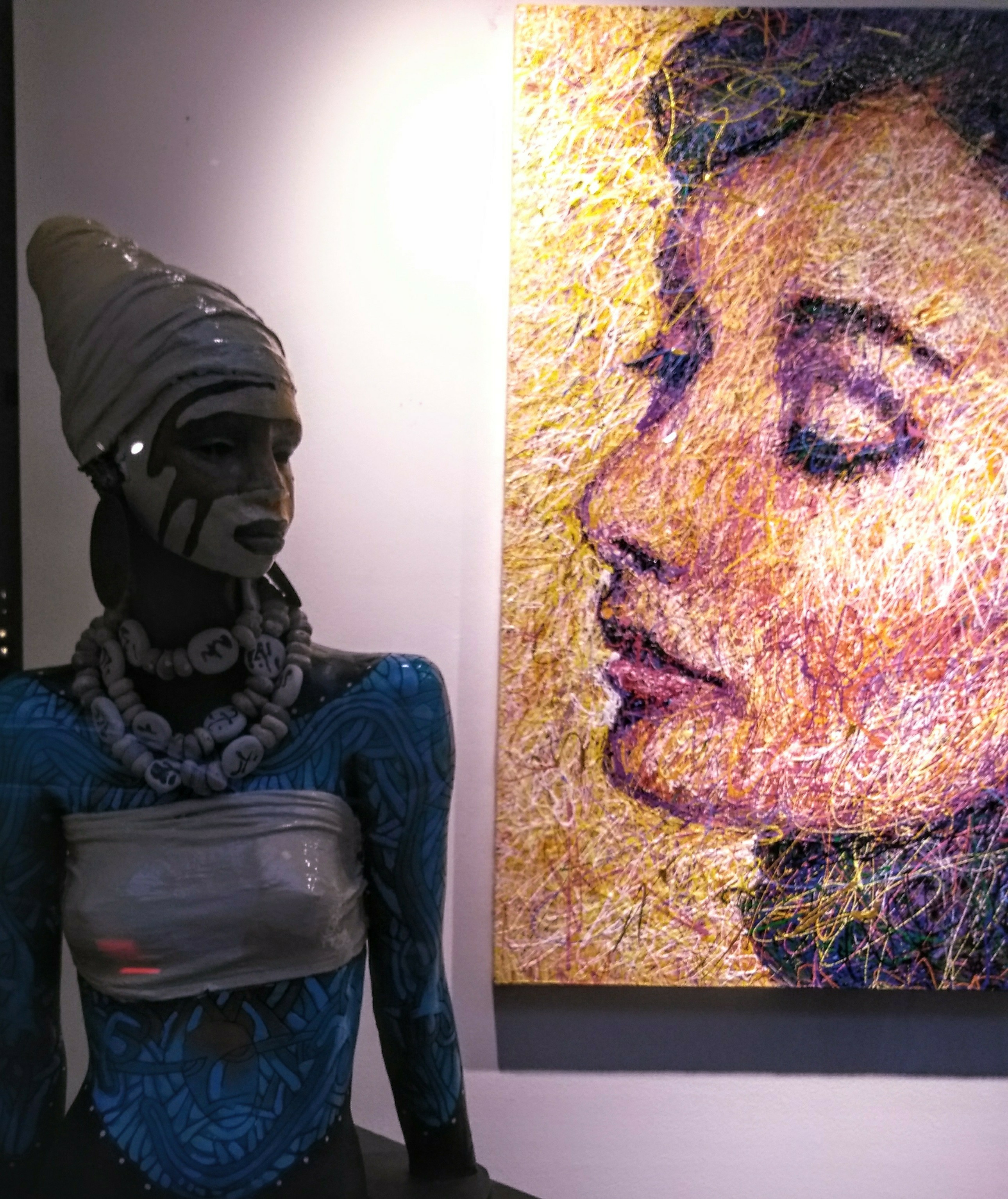
How To Choose Color Harmony For Artwork
Working with visual references is generally more challenging than working with real pigments and live scenes. With respect to this, I usually picture the scene in my mind and allocate colors that I think the illustration should have. For example, I would choose a variety of blues for a night scene, or warm colors for a daytime one. This phase will largely depend on the color of the key light.
I choose a warm palette, because I know I want to have cool key light and lot of warm shadows. It is important to steer away from vivid light contrasts in these initial stages.
This color (dark) base is simply a starting point, so there is no pressure to get every light and color aspect correct immediately. In the end, if you work like me, you will do so many corrections that your image will completely change and have almost nothing to do with the starting point. There are a number of reasons we use this base, not least because it is less intimidating to work on than a plain white canvas.
These are as follows:
1. It is very difficult to judge a value over a white background. Every color appears dark in comparison to the white and therefore your color choices will be inaccurate. Notice how different this value may appear when it is applied on top of different color values. This is why it can be tricky to begin with a white canvas, because everything looks to dark.
2. You are more likely to have good color harmony in your final piece if you start with a good color harmony. You should be able to relate your colors to each other easily and more effectively throughout your work.
Now your color harmony is established, you can begin to sketch out the shapes you want to include in your image. With your base color spread in mind, you should also begin to consider the value and color for each individual shape.
Comments
Jean Costa
I’m a bit smarter again. Thx. ☮️
Janusz Kapustniak
Dobry artykul, pomogl.

Vojtech Weber
Držím palce! Dobrých nápadu není nikdy dost.